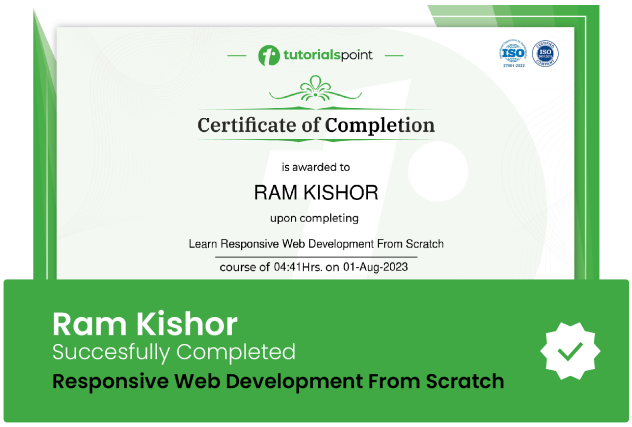Work with RDS and DynamoDB: AWS with Python and Boto3 Series
Learn how to implement RDS and DynamoDB on AWS using Python API - Boto3! Implement your infrastructure with code!

Lectures -49
Resources -1
Duration -3 hours

30-days Money-Back Guarantee
Get your team access to 10000+ top Tutorials Point courses anytime, anywhere.
Course Description
Do you want to learn how to launch managed Relational Databases or RDS on AWS? Do you want to learn how to take snaphots, restore your DB instances and implement all of those with your Python code without even logging into AWS Console? Or Do you want to learn how to implement NoSQL DynamoDB Tables on AWS?
Then this is the course you need on RDS and DynamoDB on AWS!
In this course, we’ll start by taking a look at the tools and the environment that we need to work with AWS resources. We’ll be using Python 3 and as per the IDE I recommend you to use PyCharm from Jetbrains. It has a free community edition even!
After I teach you how you can set up your environment on both MacOS and Windows, we’ll create our credentials for AWS as being the AWS Access Key and AWS Secret Access Key for programmatic access to AWS resources. You’ll learn how you can set your AWS credentials globally on your computers using AWS CLI. Before jumping into the implementation, for one last tip, I’ll show you how you can have auto-complete capabilities on your PyCharm IDE with PyBoto3!
Once we’re ready with our environment setup, we’ll start implementing our solution on AWS! And remember we’ll do everything with Python code; not a single thing manually or by hand!
We’ll start off with RDS or Relational Database Service from AWS. I’ll teach you how to launch your own Amazon RDS Instances purely with your Python code! Then we’ll learn how to Take a Snapshot or namely backup our complete database instance. After that, I’ll teach you how to restore that snapshot you have created earlier so you can recover your database from failures!
Next up is DynamoDB! With this very-popular NoSQL service from AWS, I’ll teach you how to create your own DynamoDB Tables on AWS with Python! You’ll learn how to provide a key schema, attribute definitions and apply throughput to your tables.
Lots of information, hands-on practice and experience is waiting for you in this course on AWS. So, don't miss any more time and join me in this course to sharpen your skills on AWS using Python and Boto3!
Goals
What will you learn in this course:
- You'll be able to implement any sort of infrastructure on AWS with Python using RDS and DynamoDB!
- You'll learn how to code against AWS API using Python and Boto3!
- You'll learn how to launch Relational Database Instances (RDS) on AWS using Python and Boto3!
- You'll learn how to launch NoSQL DynamoDB Tables on AWS using Python and Boto3!
- You'll be confident to work with AWS APIs using Python for any kind of AWS Resource on RDS and DynamoDB!
Prerequisites
What are the prerequisites for this course?
- Beginner level of Python
- Any Python Interpreter. Default is fine but I recommend PyCharm
- An AWS Account - Free Tier Available!
- General Knowledge on AWS Model would be nice
- Theoretical Knowledge on RDS and DynamoDB Concepts would be nice but not necessary!

Curriculum
Check out the detailed breakdown of what’s inside the course
Introduction
5 Lectures
-
Source Code
-
Introduction 00:59 00:59
-
About This Course 02:14 02:14
-
What We Will Build in This Course 03:00 03:00
-
What Do You Need For This Course 02:19 02:19
Preparing The Environment for Development
5 Lectures

Windows Environment Setup
5 Lectures

MacOS Environment Setup
5 Lectures

Relational Database Service (RDS) with Boto3
15 Lectures

DynamoDB with Boto3
10 Lectures

Wrapping Up
3 Lectures

Instructor Details

Niyazi Erdogan
eCourse Certificate
Use your certificate to make a career change or to advance in your current career.

Our students work
with the Best


































Related Video Courses
View MoreAnnual Membership
Become a valued member of Tutorials Point and enjoy unlimited access to our vast library of top-rated Video Courses
Subscribe now
Online Certifications
Master prominent technologies at full length and become a valued certified professional.
Explore Now


 Updated on May, 2024
Updated on May, 2024
 Language - English
Language - English